Continuing with our exploration of the six tastes in Ayurvedic medicine and how they affect us physically, mentally, and emotionally, this month we’ll explore sour tastes. As a refresher, taste is known as rasa, meaning “to relish, praise, or taste,” in Sanskrit. It also means “juice,” “sap,” or “secretion.” It is the experience, comprehension, emotion, appreciation, and enthusiasm of a food or substance. The six tastes are combinations of the five elements: space, air, fire, water, and earth. Different combinations create different flavors and experiences.
According to Ayurvedic physiology, different parts of the tongue pick up different tastes. Sweet is at the front of the tongue and influences the thyroid and apical area of the lungs. Sour affects the middle and lower lobes of the lungs. The bitter taste affects the pancreas, spleen, liver, and gallbladder. Pungent taste relates to the heart and stomach, and salt influences the kidneys. The colon is influenced by the astringent taste. Based on one’s prakruti, or constitution and state of health, we experience tastes differently from others. (If you haven’t already figured out what your dominant constitution pattern is, the best way to find out is to have a consultation with an experienced Ayurvedic practitioner. If you do not have one nearby, many of us – myself included – can do a consult over the phone or video.)
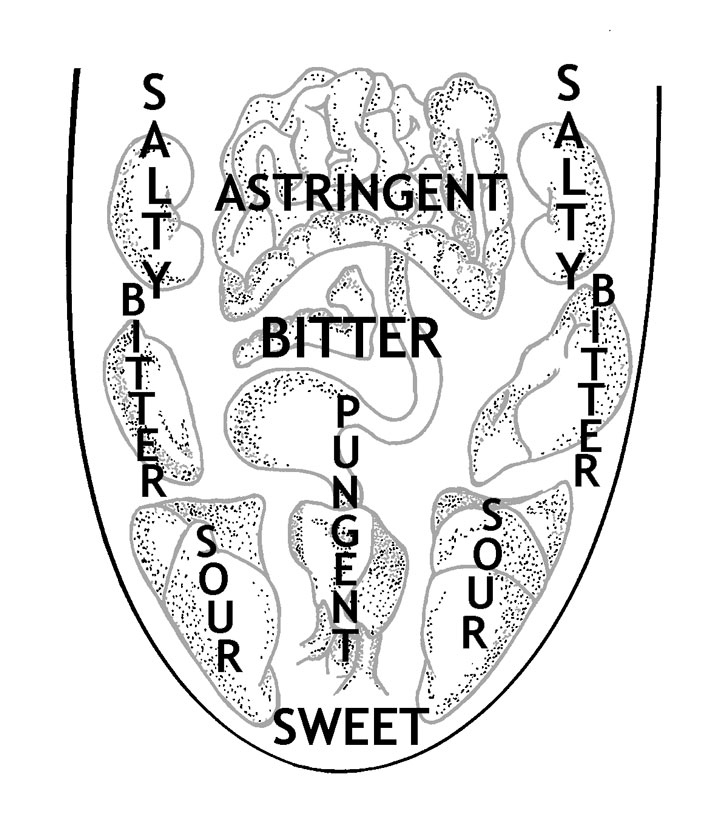
We all know that pucker face we make when we taste a lemon or sauerkraut. The mouth starts watering and all of our senses seem to heighten a bit. It’s an unmistakable flavor and one that is so important for balancing tastes in a dish or meal. Sour, also known as amla, is a combination of the earth and fire elements. Qualities of these elements are light, oily, heating, and liquid. Sour food and drinks are acidic and easily ferment or transform, which can help to stimulate digestion and increase salivary secretions. Therefore, the sour taste is helpful for people who are predominantly vata, or air and space dominant and have weaker digestion systems with issues like gas, bloating, constipation, and irregular appetites. It is energizing for the body and mind, uplifting to the spirit, and nourishes the heart, according to Ayurvedic doctor Vasant Lad. Just a little sour flavor can help reduce gas and stomach spasms and is very good in aiding digestion for both vata and kapha (earth and water) constitutions. People who have slower digestion and are prone to excessive mucus, congestion, and respiratory issues should be careful not to overdue the sour taste and use it sparingly. A squeeze of lime to top off a dish, or a pinch of fermented food, goes a long way for a person who is predominantly kapha.
There are people that tend to have more negative reactions to sour food, especially when overdone. People of predominantly pitta, or fire constitution, tend to get aggravated with too much sour – too often or too strong. It can cause mouth sores, hyperacidity in the stomach, indigestion and heartburn, acid reflux, gastritis, ulcers, gum sensitivity, extreme thirst, and even ulcerative colitis. If there is already gut dysbiosis (an imbalance of the bacteria in the gastrointestinal tract), then excessive sour and acidic foods can aggravate conditions. Since pitta people tend to have an acidic stomach, they can develop issues with loose stools, diarrhea, edema, dampness in the lungs, and other congestive disorders of the lungs and heart. Skin conditions, such as psoriasis, acne, rashes, eczema, and dermatitis, can also appear or become worse, especially if one is in a hot, damp climate. While this might all seem scary, remember that we do need all six tastes; a little lemon, lime, or apple cider vinegar adds a lot of flavor to any dish. Moderation is the key in all things, especially for fiery types that have a tendency to overdue. (It’s kind of their motto.)
Besides the physiological and mental effects, foods also create different emotional states. Since everything is connected, the food we eat can and does affect our hormones and biochemistry, which leads to different mental and emotional effects. Of course, we’ve all had different experiences with foods, factoring into our experience of them today. For instance, when I was about four or five years old, I vividly remember losing my dinner after eating homemade sauerkraut, as the sour was so intense for me. Meanwhile, my friend’s daughter (who was about the same age I was) has been happily eating pickles and sucking on lemons since she was two – she can’t get enough sour! Now I understand that my pitta-dominant constitution doesn’t do well with intense sour, but her vata constitution needs it. At the psychological level, sour taste aids in comprehension, recognition, appreciation, and discernment. It brings mental alertness, sharpness in perception, and an increased attention – all qualities needed for a vata-dominant person and anyone experiencing sluggishness, depression, or grief. Keep in mind the notion of moderation and a little going a long way. On the other hand, more-fiery pittas can become aggravated, judgemental, critical, angry, and jealous (sour states of mind) with excessive sour foods. Limes, lemons, sour grapes, and nectarines in moderation are best for these constitutions.
The best way to get a balance of all the tastes is through whole foods and spices. Eating locally and with the seasons is the best way to go. Visit your farmer’s markets, and see what’s fresh, and don’t be shy to chat with the farmer about different ways to prepare produce you may be unfamiliar with. Some examples of sour foods to mix into your daily intake are citrus, sour grapes, nectarines, mango, pineapple, tamarind, pickled anything, fermented dairy, sourdough breads, vinegars, and alcohol.
One way to work the sour taste into your life in a therapeutic way is to start every morning with a glass of hot water with just a squeeze of either lemon or lime juice. This stimulates the taste buds, as well as the peristalsis of the digestive tract, encouraging healthy elimination. Try using citrus instead of vinegar to dress salads and marinate vegetables, meat, and fish. Think of sour as the strong medicine it is, and use sparingly. We are all unique. As our chemistry changes, so do our taste buds and experience of foods as well. The art of living yoga and Ayurveda is to open to all the experiences of life and what they have to teach us. Try the recipes below, as well as the hot citrus water, and see how it affects you at every level.

Lemon Rice Recipe
Ingredients
1 cup basmati rice, rinsed
½ cup cashews chopped
½ tsp cumin seeds
¼ cup ghee
2 whole lemons juiced
½ tsp mustard seed
½ tsp sea salt or kosher salt
1 cup shelled peas
½ tsp turmeric powder
2 cups water
Directions
- Dry roast the cumin and mustard seeds until they begin to pop.
- In a separate pot, roast rice and cashews in the ghee until slightly browned.
- Add the water and spices, then bring to a boil, cover, and simmer for 25 minutes.
- Add the peas and continue simmering another 10 minutes or until rice is tender.
- Squeeze lemon juice over the rice and carefully transfer to another bowl. Be careful not to stir the rice or the grains will break. Serve with legumes, meat, or soup.
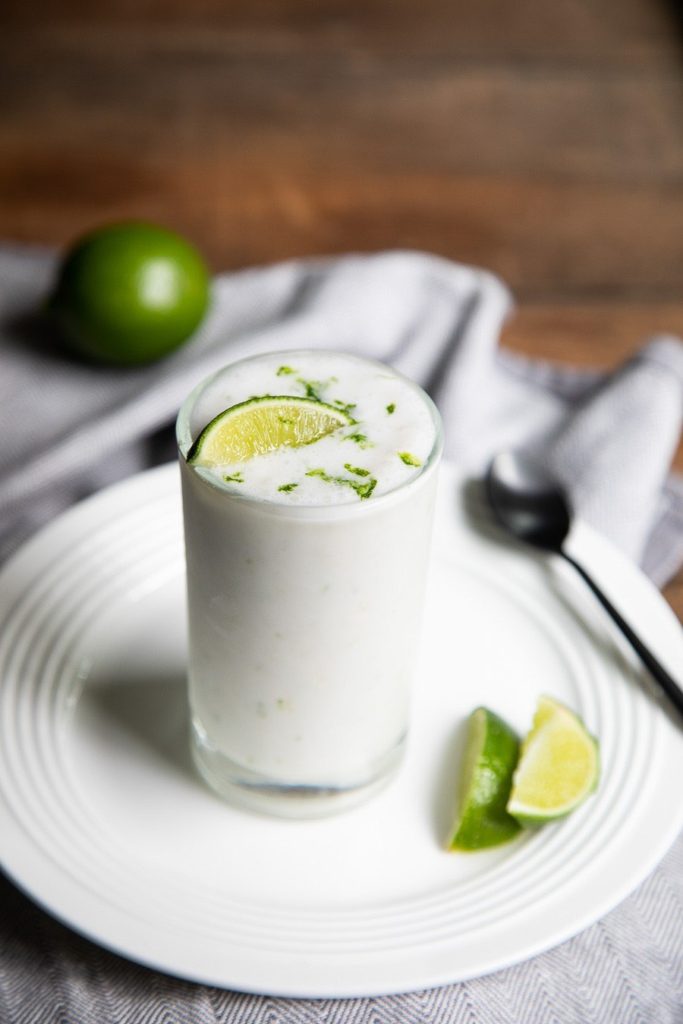
Coconut Ginger Lime Smoothie Recipe
Ingredients
2 dates, pitted
1 can (8 oz) of coconut milk, full fat
1 tbsp lime juice
1 tsp ginger, grated or chopped
¼ tsp cardamom powder
1 pinch sea salt or kosher salt
Directions
- Place all ingredients in a good blender and blend until smooth.
- Enjoy at room temperature, preferably mid-day as a snack.

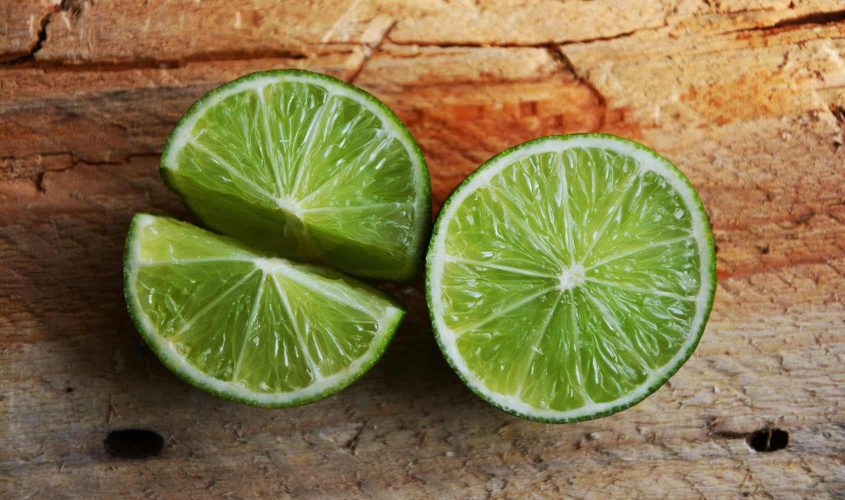









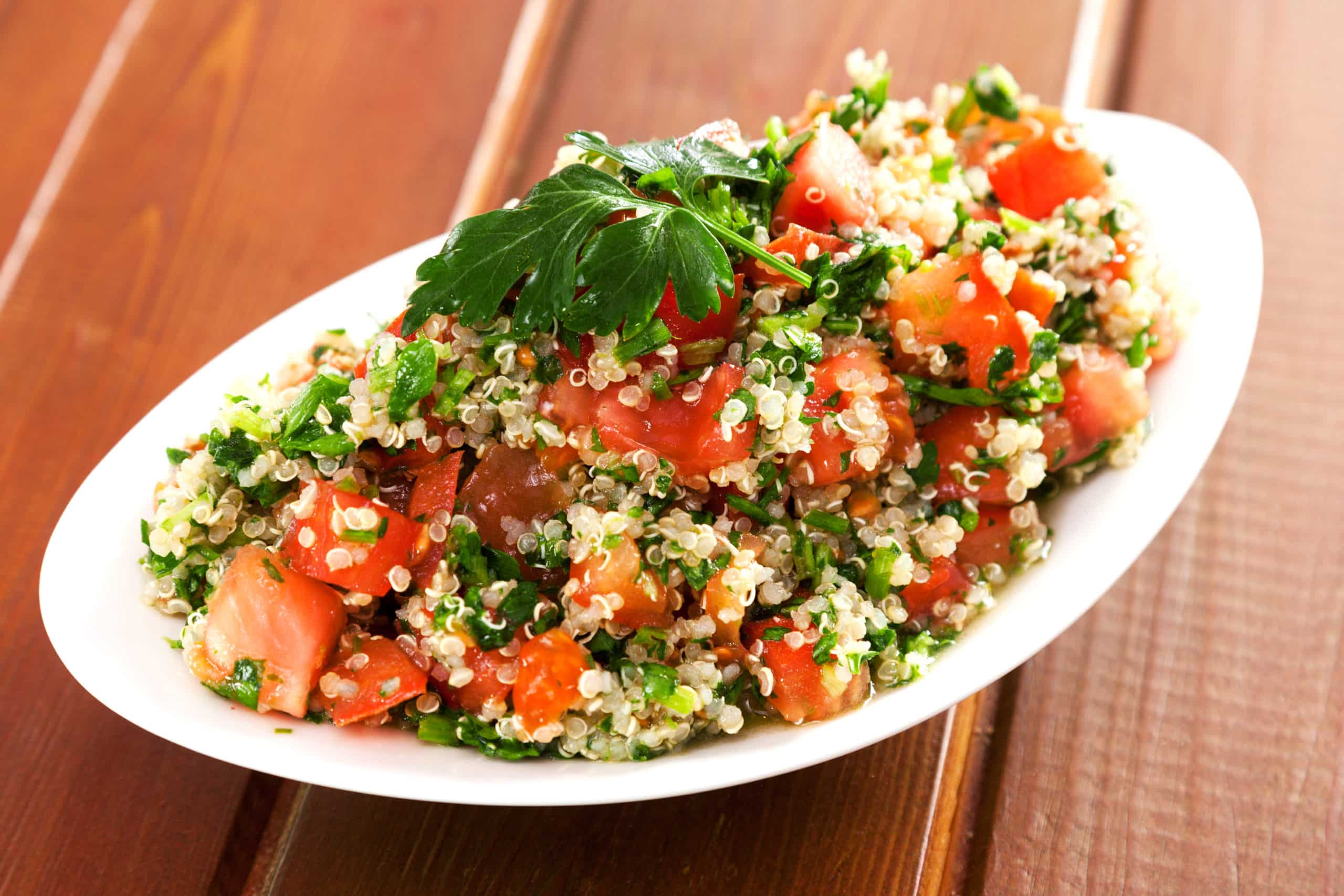
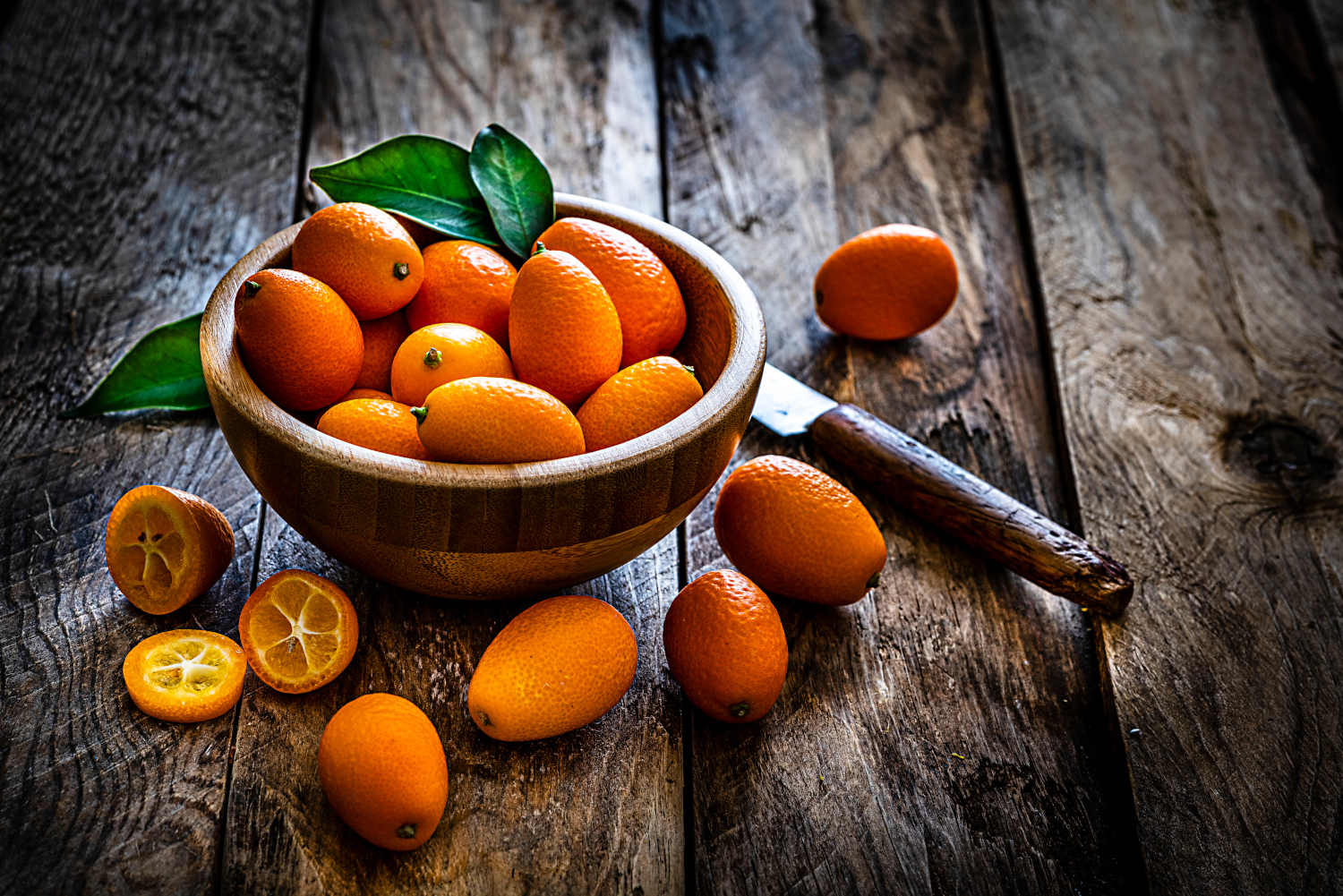

2 replies on “The Power of the Pucker: Sour Taste in Ayurveda”
Hello! Which taste affects the small intestine?
Hi Marsha- the sour taste stimulates the small intestine and peristalsis, the undulating muscle contraction of the small intestines that moves chime (food mush material) through to the colon.
Thanks for reading the article and your interest!
Jana